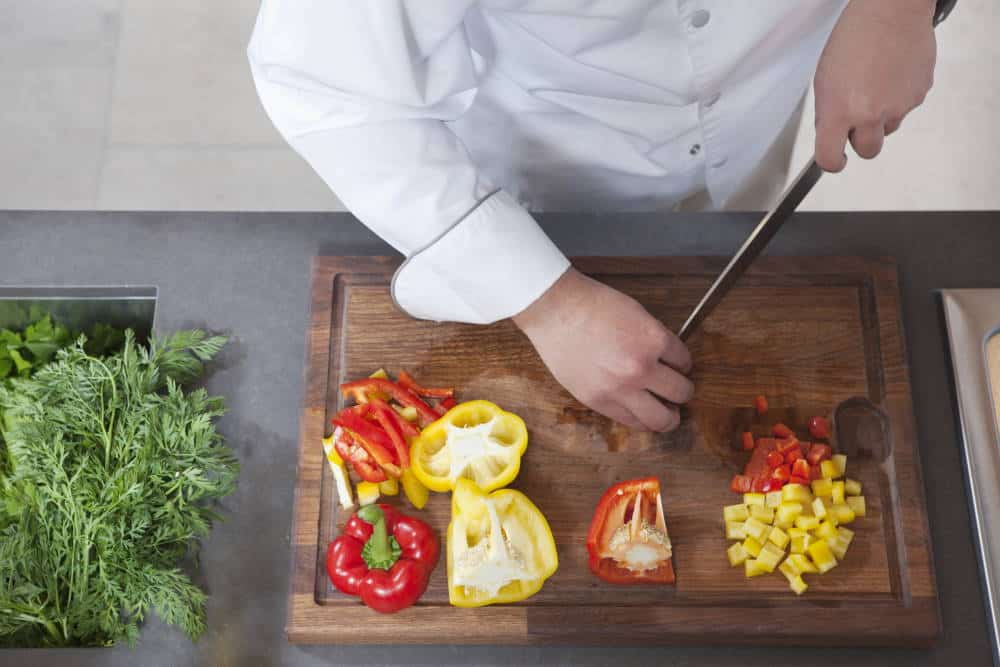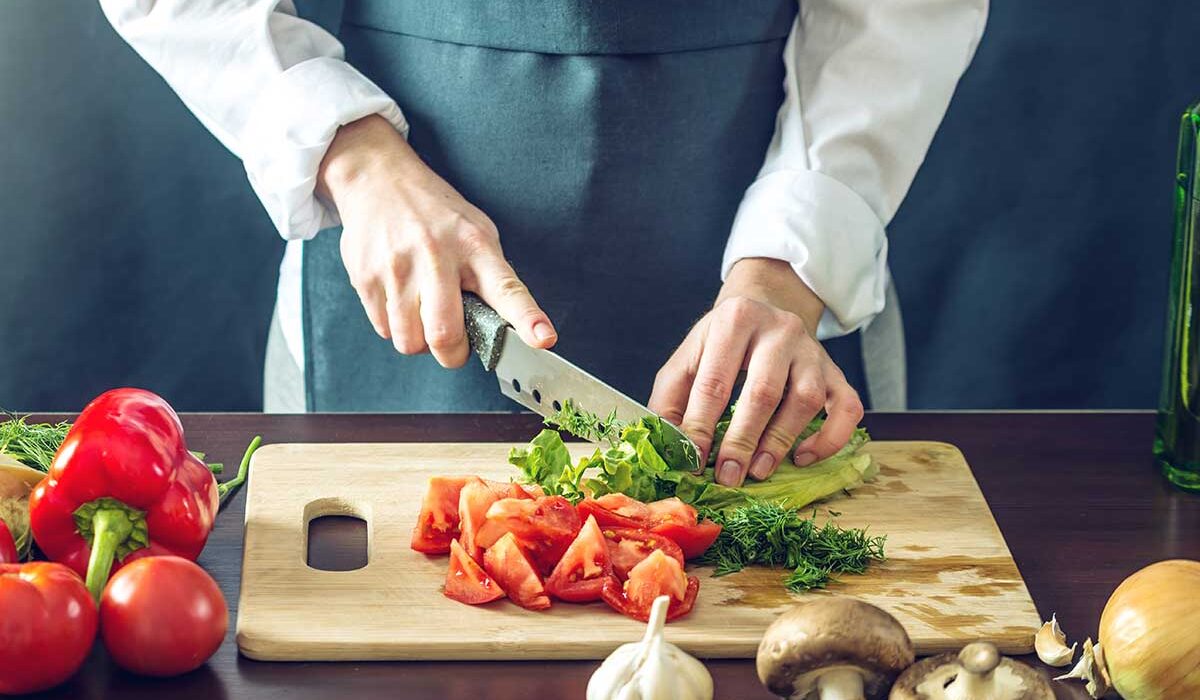Wood cutting boards are a staple in many kitchens. They are sturdy, natural, and gentle on knives. However, wood is porous and can absorb moisture and bacteria, making it susceptible to mold. Keeping your wood cutting board clean is essential for food safety. In this guide, we will explore various methods to get mold out of your wood cutting board and ensure it remains safe for use.

Why Mold Develops on Wood Cutting Boards
Understanding why mold develops on wood cutting boards is the first step in preventing it. Mold thrives in damp, dark environments, and the tiny crevices in the wood can trap moisture and food particles. Frequent use and improper cleaning can exacerbate the issue, making your cutting board a breeding ground for mold.
Impact of Mold on Health
Mold can cause a range of health problems, from allergic reactions to respiratory issues. Ensuring your cutting board is free from mold is not only about maintaining your kitchen tools but also about protecting your health.

Essential Tools for Cleaning Mold from Wood Cutting Boards
Before we dive into the methods, let’s gather the essential tools you will need:
- White vinegar
- Baking soda
- Salt
- Lemon juice
- Dish soap
- Hydrogen peroxide
- Scrub brush or sponge
- Clean towels
- Vegetable oil or mineral oil

Step-by-Step Guide: How to Remove Mold from Wood Cutting Boards
Method 1: Vinegar and Baking Soda
- Start by rinsing your cutting board with hot water to remove any loose debris.
- Sprinkle a generous amount of baking soda over the moldy areas.
- Pour white vinegar over the baking soda. You will see it fizz as it reacts with the baking soda.
- Let the mixture sit for about 10-15 minutes to break down the mold.
- Scrub the board with a scrub brush or sponge in a circular motion to lift the mold.
- Rinse the board thoroughly with hot water.
- Dry the board completely with clean towels.
Method 2: Lemon Juice and Salt
- Sprinkle salt over the moldy areas of the cutting board.
- Cut a lemon in half and rub it over the salted areas, squeezing the juice onto the board as you scrub.
- Let the lemon juice and salt mixture sit for 5-10 minutes.
- Scrub the board with a scrub brush or sponge.
- Rinse the board thoroughly with hot water.
- Dry the board completely with clean towels.
Method 3: Hydrogen Peroxide
- Pour hydrogen peroxide over the moldy areas of the cutting board.
- Let it sit for 5-10 minutes to kill the mold spores.
- Scrub the board with a scrub brush or sponge.
- Rinse the board thoroughly with hot water.
- Dry the board completely with clean towels.
Preventing Mold on Wood Cutting Boards
Proper Cleaning Techniques
Regular cleaning is crucial to prevent mold from developing on your wood cutting board. Here are some tips:
- Clean your cutting board immediately after use to prevent food particles and moisture from settling in.
- Avoid immersing your wood cutting board in water for extended periods.
- Use a mixture of dish soap and water for daily cleaning.
- Sanitize your cutting board regularly using vinegar, hydrogen peroxide, or a mild bleach solution.
Proper Drying Techniques
Drying your wood cutting board properly is just as important as cleaning it:
- Always dry your cutting board with a clean towel after washing.
- Allow the cutting board to air dry completely before storing it.
- Store your cutting board in a cool, dry place with good air circulation.
Regular Maintenance and Oiling
Maintaining and oiling your wood cutting board can help prevent mold growth:
- Apply a thin coat of vegetable oil or mineral oil to your cutting board every few weeks.
- Rub the oil into the wood using a clean cloth in the direction of the grain.
- Let the oil soak in for a few hours or overnight, then wipe off any excess with a clean towel.
When to Replace Your Wood Cutting Board
Even with proper care, wood cutting boards have a lifespan. Here are some signs it might be time to replace yours:
- Deep cuts or grooves that are difficult to clean and harbor bacteria.
- Persistent mold that does not come off with cleaning methods.
- Splitting or cracking of the board.
Choosing a Replacement Cutting Board
If you need to replace your wood cutting board, consider the following options:
- Bamboo: Eco-friendly and naturally resistant to bacteria.
- Plastic: Non-porous and dishwasher safe.
- Composite: Durable and easier to maintain than wood.
- Check out this detailed guide on the difference between wood and plastic cutting boards for more information.
FAQ
What happens if I use a moldy cutting board?
Using a moldy cutting board can contaminate your food with mold spores and bacteria, which can lead to foodborne illnesses and allergic reactions.
Can I use bleach to clean mold off my wood cutting board?
Yes, you can use a mild bleach solution to clean mold off your cutting board. However, it is essential to rinse the board thoroughly and let it air dry completely before using it again.
How often should I oil my wood cutting board?
It is recommended to oil your wood cutting board every few weeks or monthly, depending on how often you use it. Regular oiling helps maintain the wood and prevent drying out and cracking.
As an Amazon Associate, I earn from qualifying purchases.


